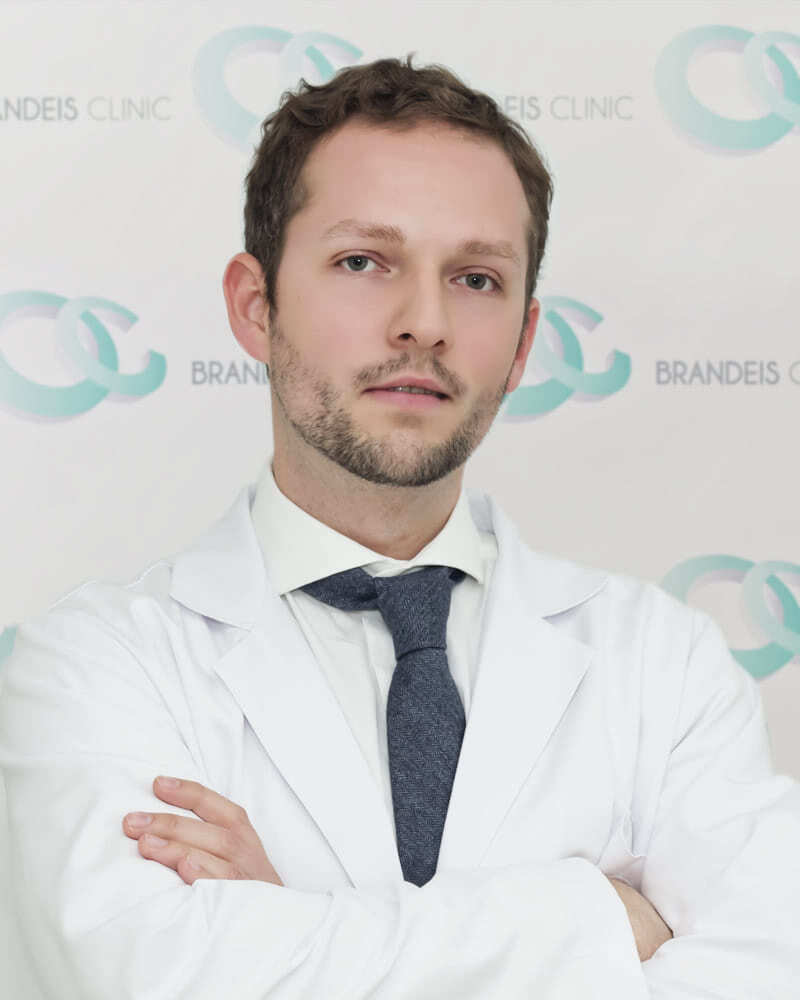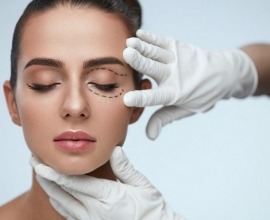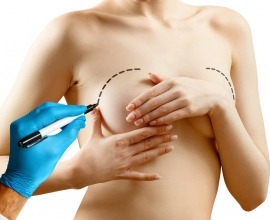Debunking 7 Myths of Breast Augmentation
- Myth 1 - Implants must be replaced every 5 to 10 years
- Myth 2 - There is only one ‘best’ approach to do a breast augmentation
- Myth 3 - To achieve symmetry, a smaller breast can be placed with a larger implant to match the larger breast.
- Myth 4 - Implants Burst All The Time.
- Myth 5 - Saline implants are better than silicone gel implants.
- Myth 6 - Silicone implants are dangerous and cause autoimmune diseases or cancer.
- Myth 7 - You can't breastfeed with implants
Thanks to our thriving Information age, we can easily learn more about cosmetic procedures that interest us. However, with so many Internet sources and people giving their opinions about breast surgery, it can be difficult to distinguish between fact and fiction.
We got together with Dr. Juraj Payer, a plastic surgeon from Brandeis Clinic in Prague, to filter through seven common myths made about breast augmentation. His answers may pleasantly surprise you!

Myth 1 - Implants must be replaced every 5 to 10 years
According to Dr. Juraj Payer this is a thing of the past. He explains that these days most implant manufacturers provide their products with a lifelong guarantee. Only in some cases, where the patient may develop scar tissue (capsular contracture) is replacement recommended.
Myth 2 - There is only one ‘best’ approach to do a breast augmentation
Every surgeon has their own preferred surgical approach to breast surgery, from deciding on what implant type to use, to where the incision and placement is made. Dr. Payer believes that a method that works well in the hands of one surgeon may be different for another and that every case is patient specific. But his personal favorites include using inframammary fold incisions (IMF incision), which involve cutting along the breast fold, and placing the implant under the muscle (Submuscular pocket), to reduce infection and scar tissue development.
Myth 3 - To achieve symmetry, a smaller breast can be placed with a larger implant to match the larger breast.
In Dr. Payer’s opinion this can sometimes work, but usually one also has to lift or lower the other nipple position in order to match the other side. He believes it is often more reasonable to use the same size of implants for both sides and combine it with a breast tissue reduction on the larger side, for better long-term results.
Myth 4 - Implants Burst All The Time.
Nonsense! Don’t worry ladies your implants are not a ticking time bomb ready to go off at any moment! Dr. Payer reassures that implants burst very rarely and usually due to some kind of mechanical trauma, such as a car accident.
Myth 5 - Saline implants are better than silicone gel implants.
Apparently this is a common misconception; in fact, Dr. Payer confirms it is the other way round. He firmly recommends silicone gel implants, as they are less prone to scarring and rippling.
Myth 6 - Silicone implants are dangerous and cause autoimmune diseases or cancer.
There’s no escaping the dreadful ‘C’ word, as breast cancer is a fear in every woman’s mind. But Dr. Payer completely denies any connection between the two and says that any cases of disease associated with implants are extremely rare and random.
Myth 7 - You can't breastfeed with implants
Who says women can’t have it all? Dr. Payer says that women who have simple breast surgery (without lifts or reductions) are able to fully breastfeed as normal. Hooray for moms!














